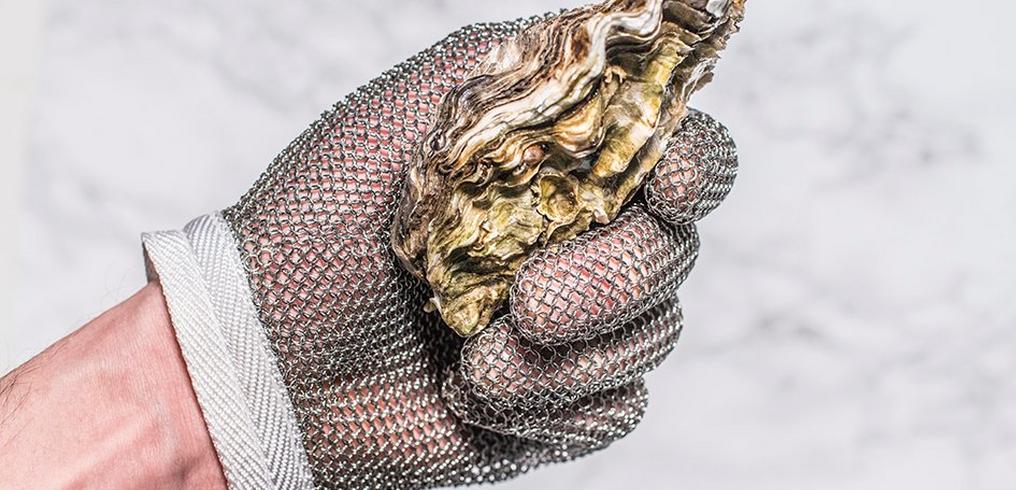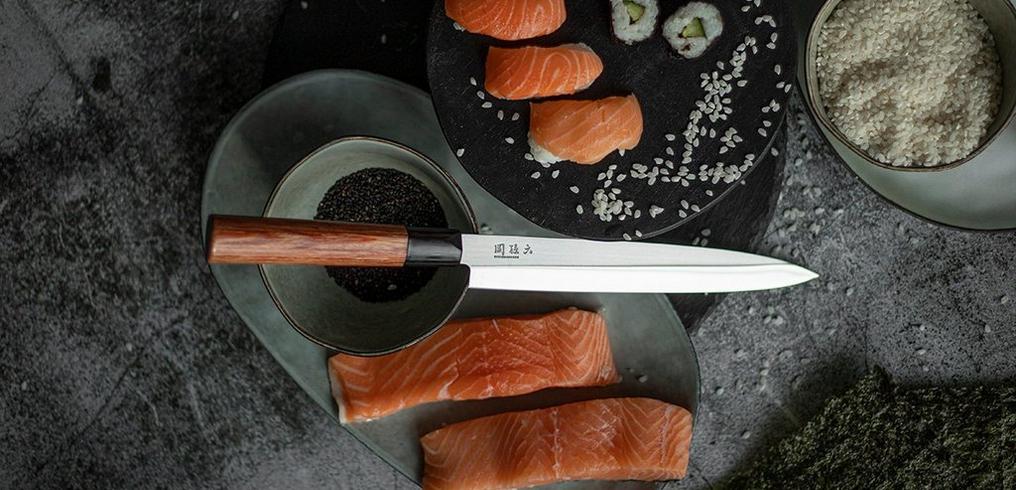
Cut-resistant gloves: keep your fingers safe
Wearing a cut-resistant glove minimises the risk of nasty injuries when using a sharp cutting tool or when you're shucking oysters. Wear the glove around the hand holding the oyster or other ingredient. A cut-resistant glove (or oyster glove) is usually made of small metal rings in a chainmail construction. The tight interconnection of these rings serves as the protective mechanism for your hand.




Features of cut-proof gloves
While most people will know these gloves from their adventures in shucking oysters, these gloves will come in handy in many situations. For example, cutting tough fruit or using a mandolin.
How to choose the best cut-resistant gloves
If you're looking to purchase a cut-resistant glove, it's important to read up on the different levels of cutting resistance. The higher this number, the more resistant the glove is to cuts.
Of course, it's also important to look at the size and fit of the glove. Your hand should still be flexible enough to get a good grip and to safely carry out your cutting tasks. Don't choose gloves that are too small but avoid ones that are too large for you too. A nicely-fitting glove should be comfortable to have around your hand, and you should still be able to properly move your fingers.
When do you use slash-proof gloves?
Use cut-resistant gloves for any activities where you might cut yourself. For example, when using a mandolin, graters or other sharp cutting tool. Moreover, these gloves are commonly used to shuck oysters, other crustaceans or when removing the bones from meat. These gloves are especially useful when you need to make complicated and precise movements such as when cutting julienne, brunoise or chiffonade.



